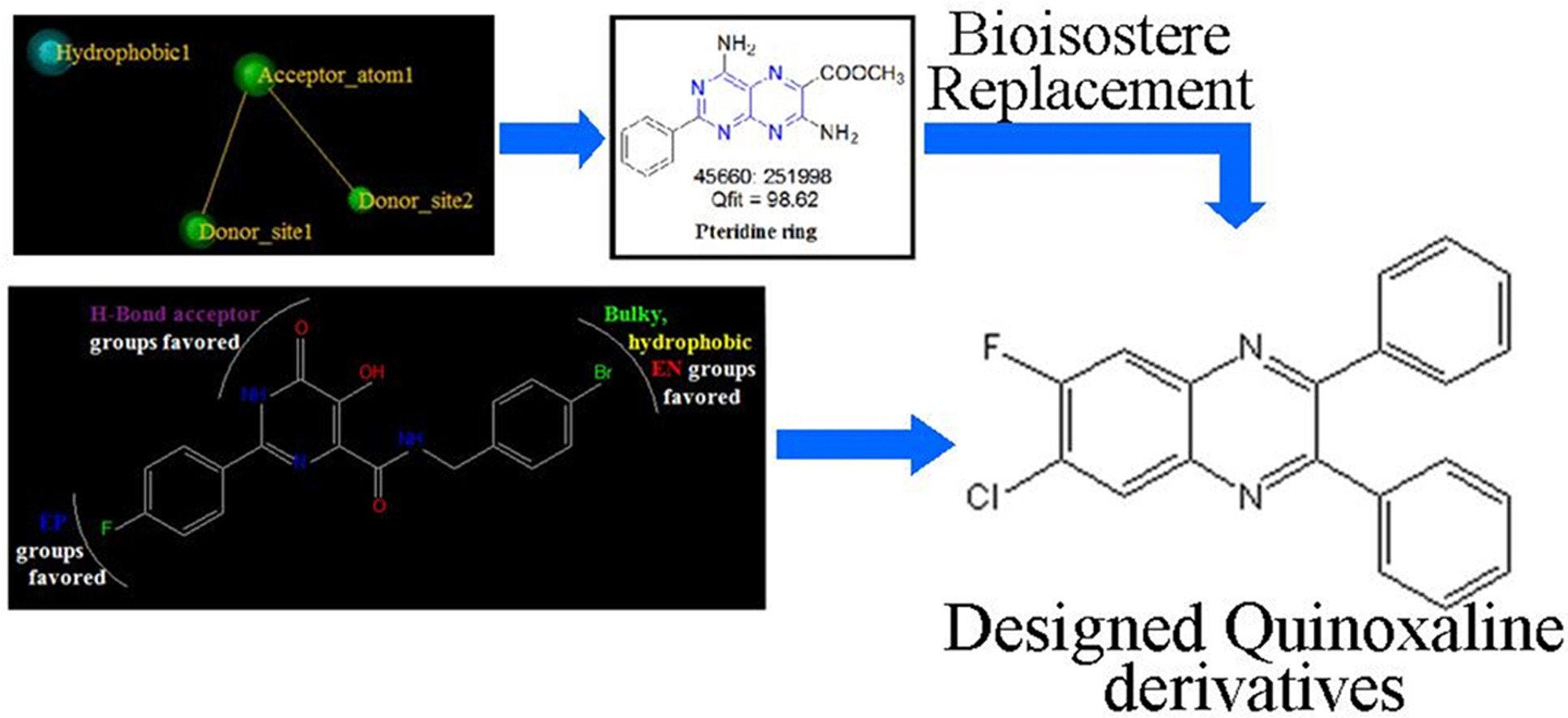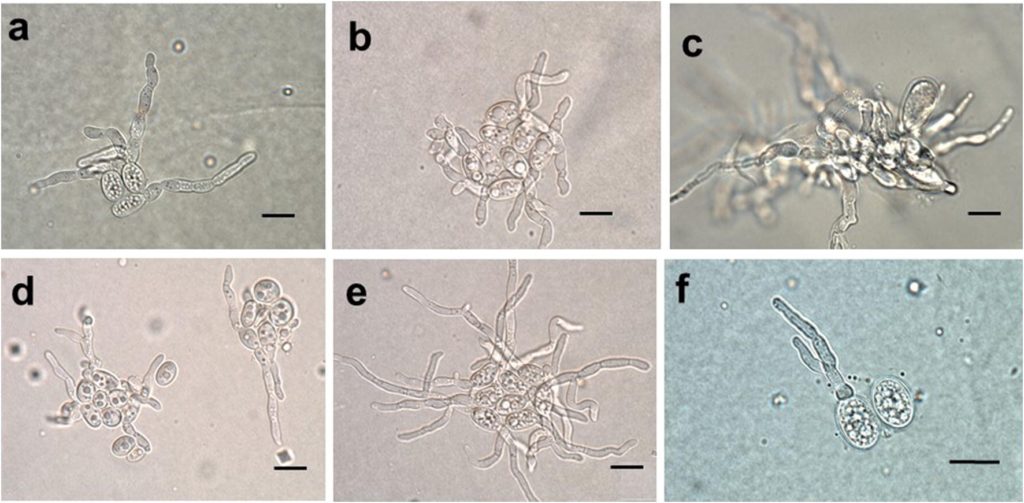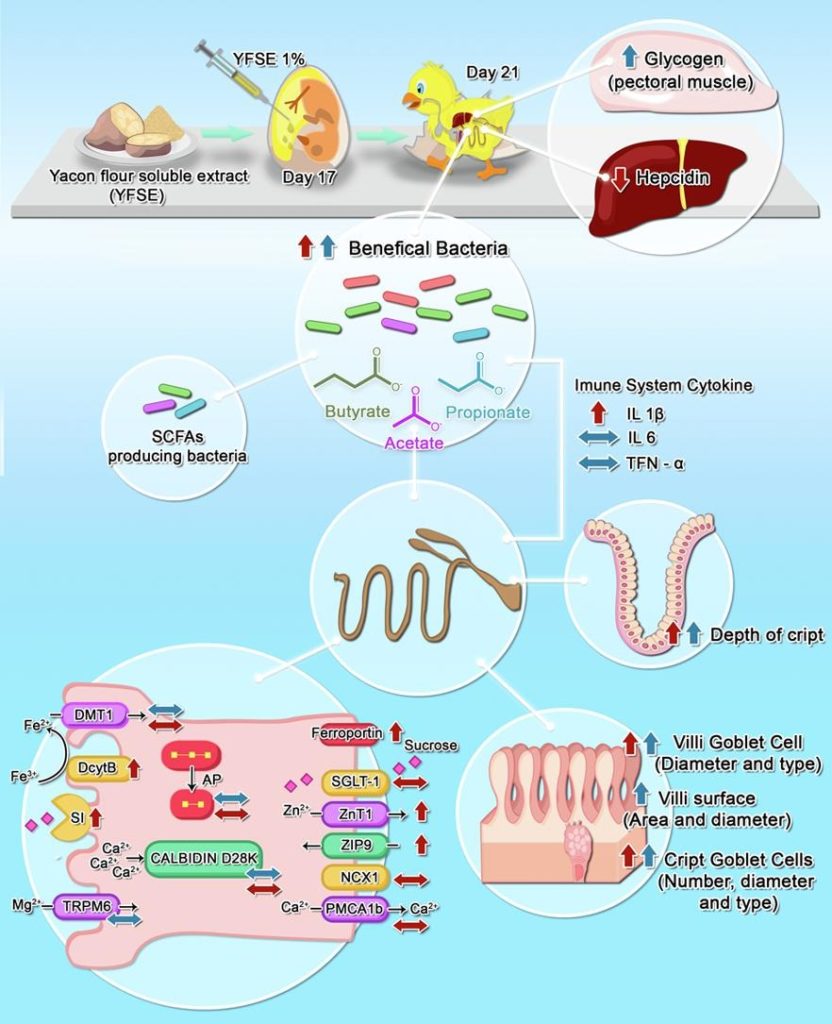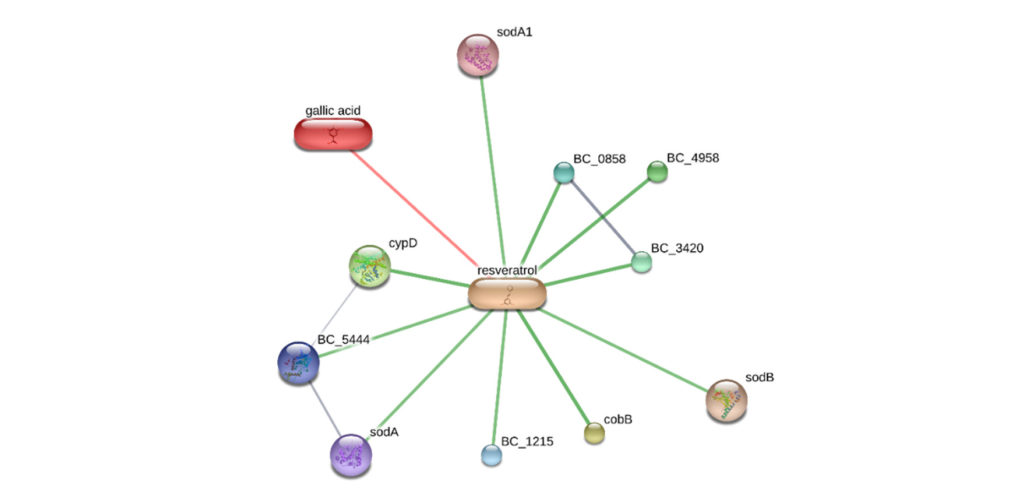The new edition of our “Analytical Sciences, Synthesis & Purification” catalog is available now! Offering a full suite of innovative products and technologies from Advion Interchim Scientific, this catalog features over 20,000 products ranging from consumables and reagents to instrumentation.
Not only a product resource, the catalog features in-depth scientific information to improve your daily workflow, including sample preparation tips and tricks, analysis technologies such as GC and LC/MS, and help selecting the best consumables for your workflow or purification.
Take advantage of this extensive guide to boost your lab with:
- 20,000 Products
- 12 Chapters
- Technicals Tips
- New Systems
USDA, University of Connecticut
Abstract
Research methods that predict Fe bioavailability for humans can be extremely useful in evaluating food fortification strategies, developing Fe-biofortified enhanced staple food crops and assessing the Fe bioavailability of meal plans that include such crops. In this review, research from four recent poultry (Gallus gallus) feeding trials coupled with in vitro analyses of Fe-biofortified crops will be compared to the parallel human efficacy studies which used the same varieties and harvests of the Fe-biofortified crops. Similar to the human studies, these trials were aimed to assess the potential effects of regular consumption of these enhanced staple crops on maintenance or improvement of iron status. The results demonstrate a strong agreement between the in vitro/in vivo screening approach and the parallel human studies.
LC/MS analysis was complete using the Advion expression Compact Mass Spectrometer (CMS). Instrumentation and data acquisition were controlled by Advion Mass Express software
University of Florida, USDA, Kansas State University
Abstract
Currently, the global citrus production is declining due to the spread of Huanglongbing (HLB). HLB, otherwise known as citrus greening, is caused by Candidatus Liberibacter asiaticus (CLas) and is transmitted by the Asian citrus psyllids (ACP), Diaphorina citri Kuwayama.
In this study, we investigated the micro- and macro-nutrients, nucleotides, and others secondary metabolites of phloem sap from pineapple sweet orange. The micro- and macro-nutrients were analyzed using inductively coupled plasma-mass spectroscopy (ICP-MS) and inductively coupled plasma-optical emission spectroscopy (ICP-OES). Nucleotides and other secondary metabolites analysis was accomplished by reversed phase HPLC coupled with UV, fluorescence detection, or negative mode electrospray ionization mass spectrometry (ESI-MS) using the Advion expression Compact Mass Spectrometer (CMS).
Western Washington University
Abstract
Sortase‐catalyzed transacylation reactions are widely used for the construction of non‐natural protein derivatives. However, the most commonly used enzyme for these strategies (sortase A from Staphylococcus aureus) is limited by its narrow substrate scope. To expand the range of substrates compatible with sortase‐mediated reactions, we characterized the in vitro substrate preferences of eight sortase A homologues.
From these studies, we identified sortase A enzymes that recognize multiple substrates that are unreactive toward sortase A from S. aureus.
We further exploited the ability of sortase A from Streptococcus pneumoniae to recognize an LPATS substrate to perform a site‐specific modification of the N‐terminal serine residue in the naturally occurring antimicrobial peptide DCD‐1L.
Finally, we unexpectedly observed that certain substrates (LPATXG, X=Nle, Leu, Phe, Tyr) were susceptible to transacylation at alternative sites within the substrate motif, and sortase A from S. pneumoniae was capable of forming oligomers. Overall, this work provides a foundation for the further development of sortase enzymes for use in protein modification.
Mass spectrometry analysis was performed using the Advion Interchim Scientific® expression® Compact Mass Spectrometer (CMS).
Nirma University, India; Rega Institute for Medical Research
Abstract
In order to design novel anti-HIV agents, pharmacophore modelling, virtual screening, 3D-QSAR and molecular docking studies were performed. 50 quinoxaline derivatives with different substitutions were designed on basis of both ligand based drug design approaches and were mapped on the best pharmacophore model. From this, best 32 quinoxaline derivatives were docked onto the active site of integrase enzyme and in-silico ADMET properties were also predicted. From this data, synthesis of top 7 quinoxaline derivatives was carried out and were characterized using Mass, 1H-NMR and 13C-NMR spectroscopy. Purity of compounds were checked using HPLC.
Two quinoxaline derivatives showed good results, which can be further explored to develop novel anti-HIV agents.

In this application note, both the purification and analytical processes for THC remediation using the Interchim ITM-5015 and Advion AVANT™ HPLC-UV systems are shown to form a complete solution for THC remediation in the hemp industry.
Rey Juan Carlos University, Complutense University of Madrid, University Rennes

Abstract
Lichens produce unique secondary metabolites with a rich potential as bioactive compounds. In many cases, the use of these molecules is limited by the low concentration of these compounds in thalli, low growth rate in culture, and changes in chemical patterns between thalli and aposymbiotic culture. In addition, the massive collection of some species of industrial interest can cause damage to lichen diversity and the associated environment. Six lichenized fungi (Arctoparmelia centrifuga, Parmelia saxatilis, Parmelina tiliacea, Platismatia glauca, Xanthoparmelia tinctina, and Usnea ghattensis) with biotechnological interest and belonging to Parmeliaceae have been cultured in order to test culture conditions and obtain enough biomass for further studies. In addition, we analyzed the compounds synthetized in axenic conditions and they were compared with chemosyndromes identified in complete thalli. Arctoparmelia centrifuga, P. saxatilis, P. tiliacea and X. tinctina were successfully cultivated while for P. glauca and U. ghattensis we only obtained sporulation and germination of the spores. The chemical pattern of the compounds secreted into the culture media varied significantly from the chemosyndrome of the whole thallus. Phenolic compounds of pharmacological and industrial interest (usnic acid, aspicilin, α-alectoronic acid, physodic acid, lobaric acid and nordivaricatic acid) and a wide variety of potentially bioactive compounds were obtained during the culture process.
Analysis was performed by LC/MS using the Advion Interchim Scientific® expression® Compact Mass Spectrometer (CMS).
Cornell University, Kaiser Permanente Fontana, Bar-Ilan University
Abstract
The consumption of teff (Eragrostis tef), a gluten-free cereal grain, has increased due to its dense nutrient composition including complex carbohydrates, unsaturated fatty acids, trace minerals (especially Fe), and phytochemicals. This study utilized the clinically-validated Gallus gallus intra amniotic feeding model to assess the effects of intra-amniotic administration of teff extracts versus controls using seven groups: (1) non-injected; (2) 18Ω H2O injected; (3) 5% inulin; (4) teff extract 1%; (5) teff extract 2.5%; (6) teff extract 5%; and (7) teff extract 7.5%. The treatment groups were compared to each other and to controls. Our data demonstrated a significant improvement in hepatic iron (Fe) and zinc (Zn) concentration and LA:DGLA ratio without concomitant serum concentration changes, up-regulation of various Fe and Zn brush border membrane proteins, and beneficial morphological changes to duodenal villi and goblet cells. No significant taxonomic alterations were observed using 16S rRNA sequencing of the cecal microbiota. Several important bacterial metabolic pathways were differentially enriched in the teff group, likely due to teff’s high relative fiber concentration, demonstrating an important bacterial-host interaction that contributed to improvements in the physiological status of Fe and Zn. Therefore, teff appeared to represent a promising staple food crop and should be further evaluated.
Analysis was performed by LC/MS using the Advion Interchim Scientific expression® Compact Mass Spectrometer (CMS).
Federal University of Viçosa, Cornell University

This study evaluates the effects of intra-amniotic administration of yacon (Smallanthus sonchifolius) flour soluble extracts (YFSE) on intestinal bacterial populations, brush border membrane (BBM) functionality and morphology, by using the Gallus gallus model.
Highlights:
- Yacon flour soluble extract (YFSE) increased the relative abundance of bifidobacterial and Lactobacillus.
- YFSE upregulated the expression of iron and zinc transporters.
- YFSE decreased gene expression of inflammation marker and hepcidin.
- YFSE increased glycogen concentration in pectoral muscle.
- YFSE improved BBM functionality and intestinal morphology.
Analysis was performed by LC/MS using the Advion expression Compact Mass Spectrometer (CMS).
Selcuk University, University “G. d’Annunzio” of Chieti-Pescara, University of Perugia, University of Urbino

Abstract
Coronilla species, belonging to the Coronilla genus (Fabaceae), have long been used in traditional medicine for treating cold, diabetes, pain, and as cardiotonics. The goal of the present study was to explore the phytochemical composition and pharmaco-toxicological properties of C. minima. In this regard, phenolic content, scavenging/reducing properties and antimicrobial activity toward pathogen bacterial (Escherichia coli, Pseudomonas aeruginosa, Bacillus cereus, Staphylococcus aureus) and fungal strains (Candida albicans, C. tropicalis, Aspergillus tubigensis and A. minutus) were investigated. Extract effects on human colon cancer HCT116 cell viability were also assayed. Finally, a bioinformatics approach was conducted with the aim to identify putative microbial and human protein targets underlying antibacterial, antimycotic, and antiproliferative effects.
Analysis was performed by LC/MS using the Advion expression Compact Mass Spectrometer (CMS).




